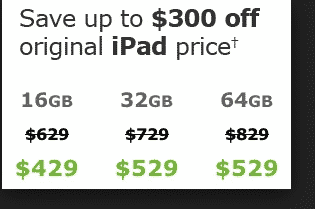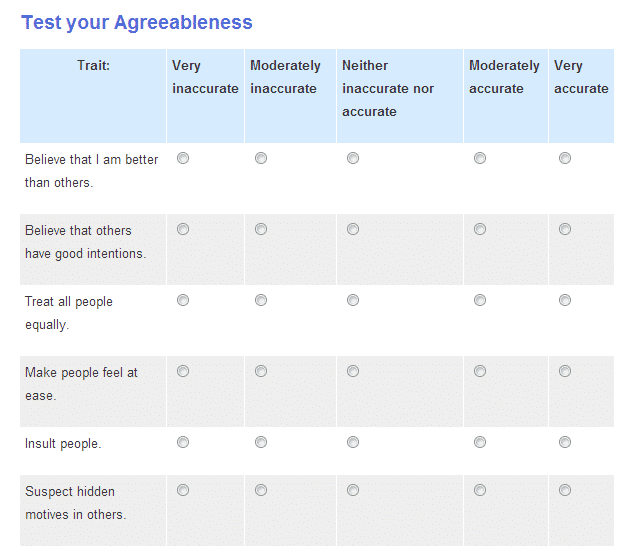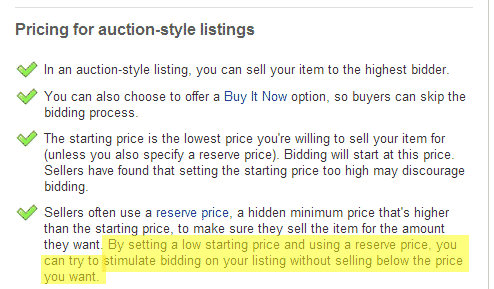Would you rather:
- Read this post
- Peruse Twitter more
- Collect two dollars
Most would love to collect easy money, yet the charm of my post remains, with the thought of conclusion already rooted, ‘anchored’ in your psyche.
Exceptions exist, but the advertising heuristic of ‘anchoring’ suggests, when provided with a series of options, the first mentioned or heard -the anchor, carries the most influence. We tend to compare and contrast information that follows the anchor.
A group of people were asked whether Gandhi died before or after the age of 9, and another group was asked the same with 9 switched with 140 years old as ‘the anchor.’ Those hearing 9 guessed an average age of 50 versus 67 (average guessed by group hearing 140).
Anchoring is just one of many tactics employed in marketing, but specifically, how can we translate anchoring to advertising?
Make Competitors Set the Price Bar
Start with a high price first, such as a competitor’s or manufacturer’s suggested price, slash it, then end in a (still profitable but) lower price.
Even if the final price is a bit unreasonable, the initial price was anchored, influencing how consumers perceive the rest.
Look at the following:
This ad does some anchoring ‘double dipping,’ first mentioning the $300 savings and aligning it with the 64GB iPad, and comparing higher prices to the now lowered sales prices.
It’s likely the vendor makes the most profit from the 64GB model, thus drawing initial attraction to it. Though all prices are slashed, the anchored “up to $300 off” relates to the 64 GB model.
Brand Desired Attitude
Do you read me because:
- It’s fun
- You learn something
- You look smart while reading at your desk
- I save kittens on the regular
Advertisers use anchors to prompt people through decisions at hand, ensuring the anchor doesn’t lose initial charm. I don’t want you to think something other than suggested by my anchor, so I continue aligning the notion of reading my posts with positive associations, reader rewards, and personal accolades.
We introduce a desired notion, and then reinforce it, avoiding an attitude change. When provided with an anchor, even if determined wrong or unappealing, those judging will evaluate attributes of the anchor before disagreeing or seeking alternatives.
How can we brand positive attitude and relations to our products, services, and companies? We should toot our own horns for starters.
2-15 are things that support the initial mention of ‘satisfaction.’ The following mentions are gauged in relation to satisfaction, and support the initial claim. All of those traits make for a satisfied client.
Would you like to make consumers know you’re more like them, sharing like traits, such as being patriotic?
Target the Agreeable
Do me a big favor, and click the following link.
Studies show those who rank high in agreeability are more vulnerable to anchoring. Those who are disagreeable, (more ‘punk rock’) are more concerned with survival and comfort level than being accepted or the choices of the masses.
If you’re not agreeable, I don’t want to market to you any longer. (See what I did there?)
Segmenting a target market, identifying those who are more agreeable, help marketers tailor content to specific viewers, aiding in trending particular messages and tone.
Consumers like tailored services. Provide consumers with a survey, alerting them that answers will help the brand better serve them.
This way, when devising personal emails, direct mailers, online coupons, and other points of contact, you may use elements of anchoring with those deemed more agreeable, making it more likely to achieve a higher conversion rates with this market segment.
Gross and Specific Number Negotiation
How much money do you believe a one-bedroom in London’s lovely Westminster area will cost upon completion in 2015? $1.5 million or closer to 1.67 million?
If asked in isolation, I could manipulate the variance of guesses. When presented with a gross or rounded number, larger gaps occur ($1, $1.75, $2 million), but when making the price more specific, people guess more exact, staying closer to the provided price ($1.68, $1.72 million).
Anchoring takes influence on negotiations as well. Therefore, anchoring can influence perceived scale when making negotiations. Even amidst fierce bartering, a specific initial asking price will attract a similar ending price.
How can you use this in advertising? Let’s use the Ebay pricing model as an example.
In an auction or negotiation setting, list the initial price as specific ($79.67) rather than rounded ($75.00), causing final negotiations to gravitate closer to the original asking price. This is different than the first offered insight of posing a competitor price then slashing it. Here, we’re influencing perceived scale, the ‘ballpark figure’ of a set price. Above, we want the consumer to compare the competitor’s price to your lower price.
Review
- Consumers keep initial prices in mind. Therefore, make a better impression, first mentioning a competitor’s rate, forcing consumers to compare it to your lower price.
- The anchored number or initial sentiment carries the most impact. Use a pyramid structure regarding brand-aligned features and compliments, mentioning the most salient feature first with the rest supporting.
- Segment personas and personality types within a targeted market. Those with ‘agreeable’ personality types are most vulnerable to anchoring. Tailor and plan marketing copy accordingly.
- Anchoring also works in influencing perceived scale of pricing. Amidst negotiation, make the initial price more specific and closer to the actual desired price. This clusters counter offers together, trending them closer to your desired price.





